Being the closet star to our Earth, Sun has been observed in great details since many centuries ago. With the advent of modern technologies and the space era, we are now getting spectacular images of the Sun with never before spatial and temporal resolutions. It is also to be mentioned that the 'OPEN DATA' policy of most of the solar missions has helped a lot towards the growth of the research in this particular field.
In this page, I am posting some brief information about some of the widely used space/ground based solar telescopes (along with the links to access their data). Hope this helps to those who are new to this field.
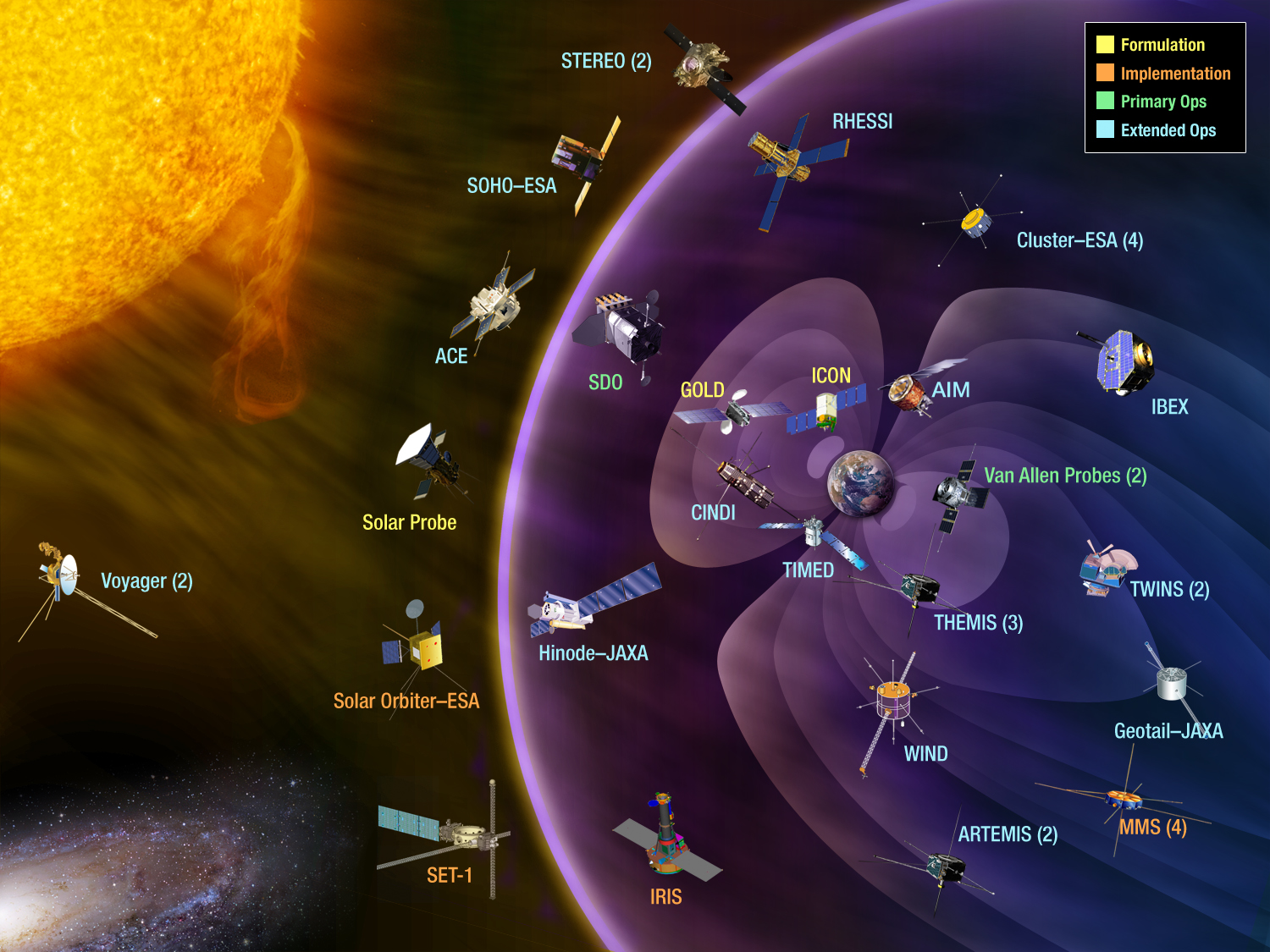
Data Link: Visit the official website
Below are some of the SST images of: a regular sunspot; light bridges; pores, baby sunspots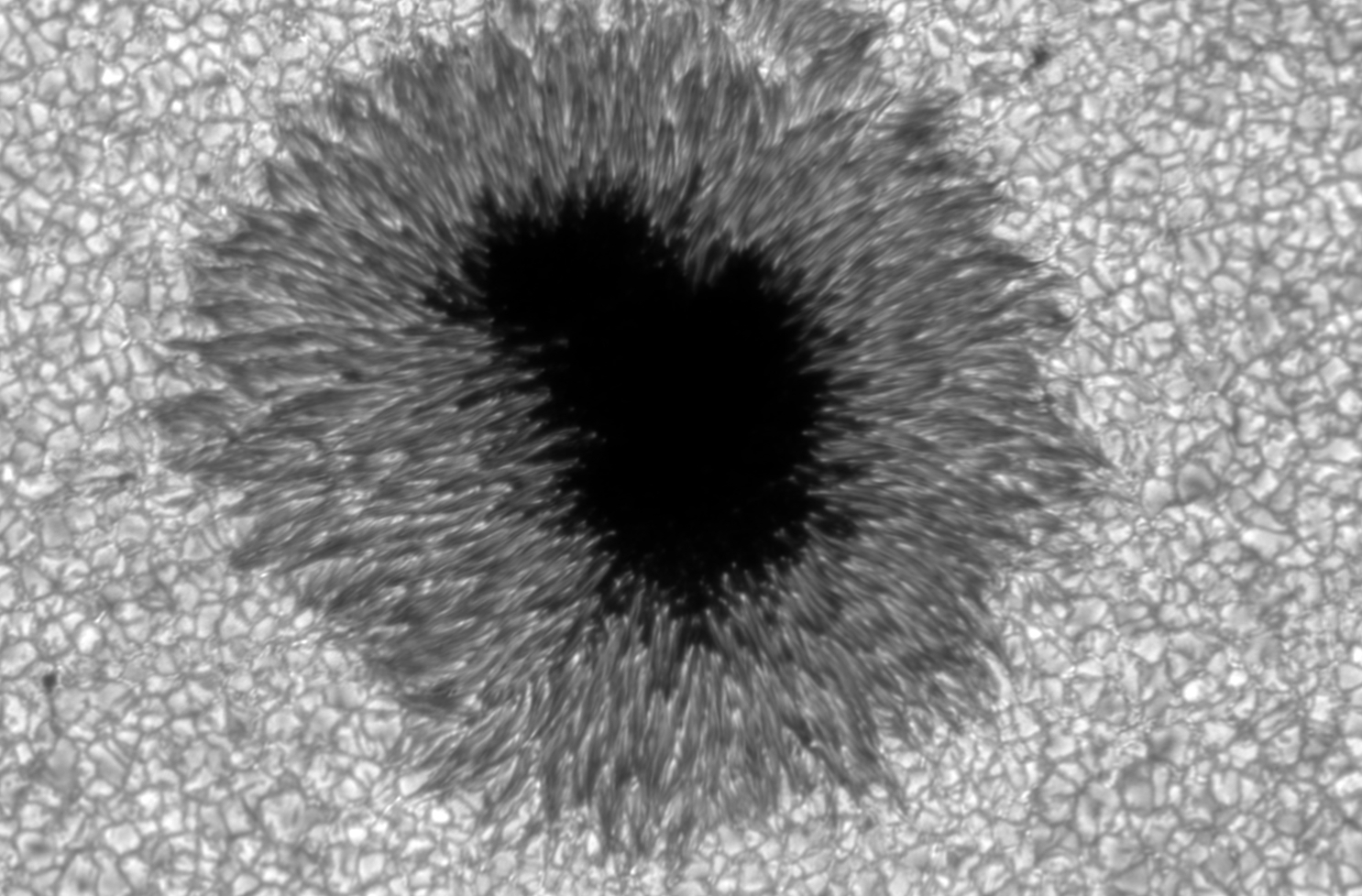
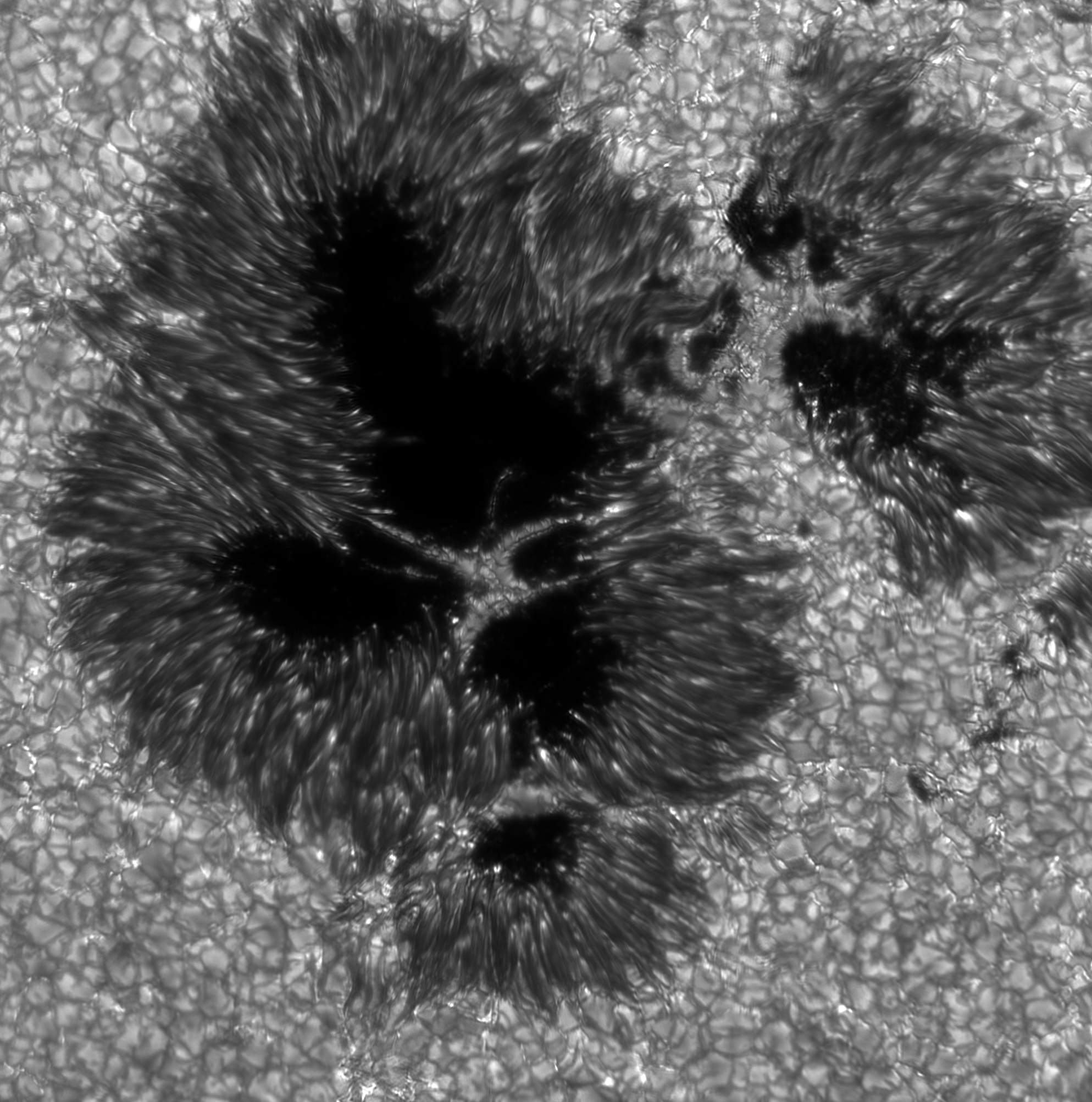
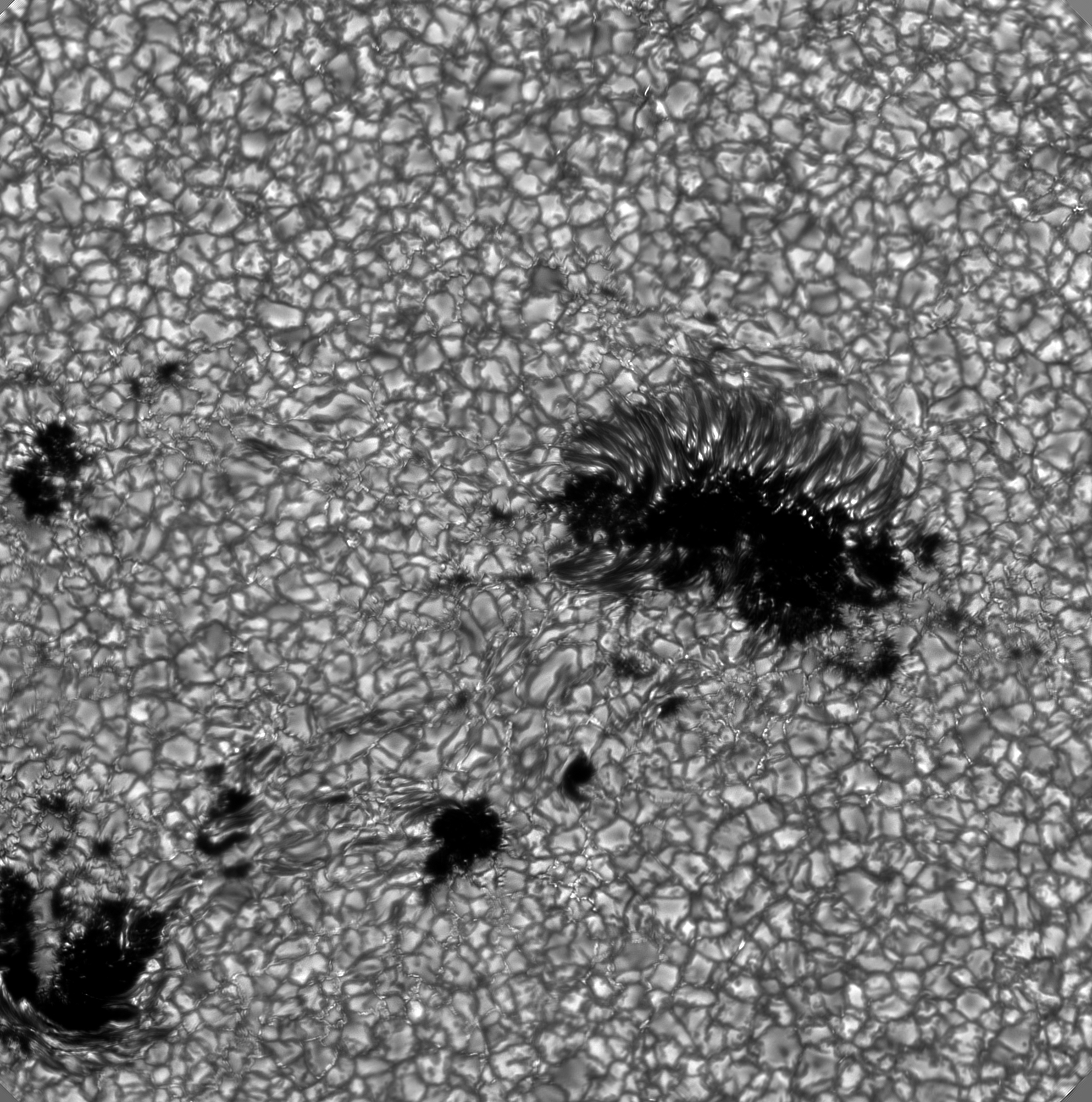
Data Link: The sunspot area data from this observatory is now available for public use. Visit the website of the observatory to access them.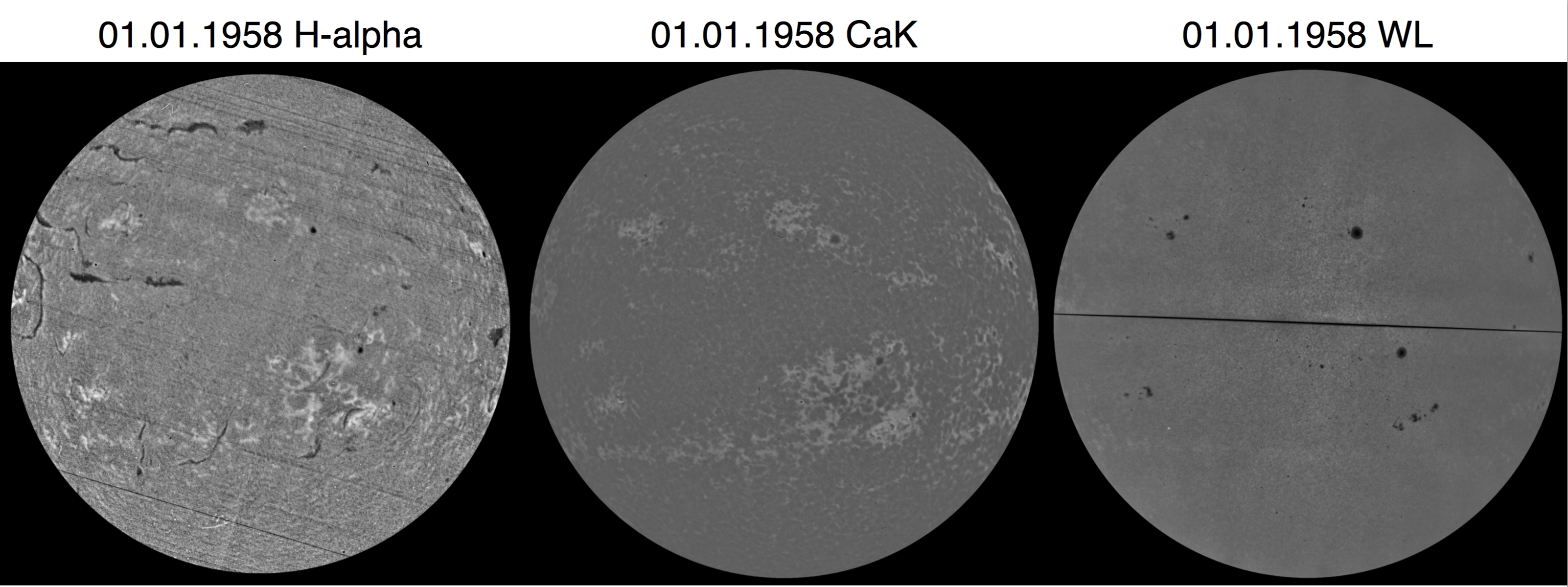
Data Link:
Data Link:

Data Link: Visit the Norway server here
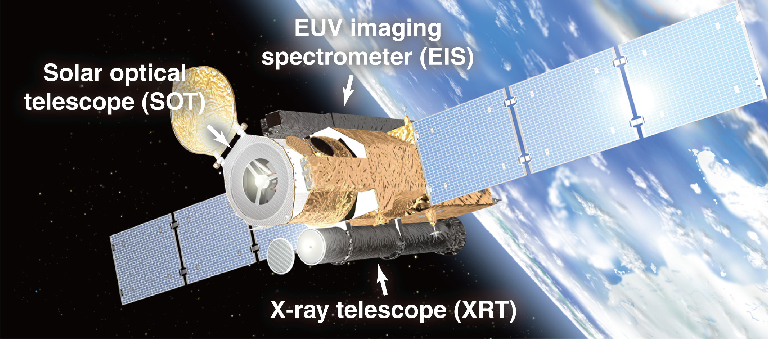
Data Link: Click here

Data Link: Stanford JSOC link here
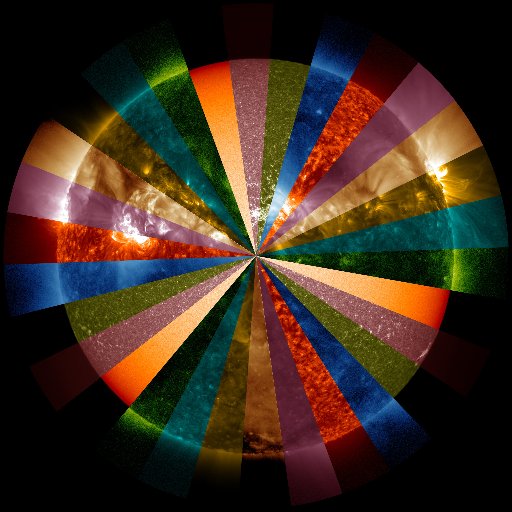
Data Link: Click here

In this page, I am posting some brief information about some of the widely used space/ground based solar telescopes (along with the links to access their data). Hope this helps to those who are new to this field.

Ground based telescopes:
SST (website).:
The Swedish 1-m Solar Telescope (or SST) is a refracting solar telescope at Roque de los Muchachos Observatory, La Palma in the Canary Islands. It is run by the Institute for Solar Physics of the Royal Swedish Academy of Sciences. The SST has two modes of operation. One mode is a spectrograph mode, using the TRI-Port Polarimetric Echelle-Littrow (TRIPPEL) spectrograph whereas the other mode is an imaging mode, where imaging is split up in a red and a blue beam by a dichroic beamsplitter. The red beam has a tunable filter called CRisp Imaging SpectroPolarimeter (CRISP) which operates from 510 to 860 nm.Data Link: Visit the official website
Below are some of the SST images of: a regular sunspot; light bridges; pores, baby sunspots



Kodaikanal Solar Observatory (website).:
The Kodaikanal Observatory of the Indian Institute of Astrophysics is located in the beautiful Palani range of hills in Southern India. It was established in 1899. Solar observations at this observatory over the last 100+ years provide one of the longest continuous series of solar data. Apart from that, simultaneous observations in three different wavelengths (white-light, Hα, Ca-K ) make this data a unique one and suitable for multi-wavelength studies.Data Link: The sunspot area data from this observatory is now available for public use. Visit the website of the observatory to access them.

Dunn Solar Telescope (website).:
The Richard B. Dunn Solar Telecope (DST) specializes in solar high resolution imaging and spectroscopy. These observations allow solar astronomers worldwide to obtain a better understanding of the sun. The Dunn was inaugurated as the world’s premier high spatial resolution optical solar telescope in 1969. While larger telescopes have since been developed, the Dunn continues to be the most versatile, user-friendly setup in the world. It has two high-order adaptive optics benches to compensate for blurring by Earth’s atmosphere, and a 40-foot-wide observing platform hosting an array of instruments. Scientists and engineers use the Dunn to investigate a range of solar activities, often in concert with satellites, and to develop new technologies for the 4-meter Advanced Technology Solar Telescope.Data Link:
Mount Wilson Observatory (website).:
For the first half of the 20th Century, Mount Wilson was the most famous observatory in the world. The biggest telescopes were here, and their new designs were changing the way astronomy was done. Among the many discoveries made on the mountain, a few revolutionized our understanding of our place in the Universe. Here, for the first time, Harlow Shapley measured the size of the Milky Way Galaxy and located our position in it, far from the center. Then Edwin Hubble proved that the mysterious spiral nebulae, which astronomers had speculated about for decades, were in fact distant galaxies similar to our own. Then Hubble teamed up with Milton Humason and discovered that this immense Universe was expanding. Space itself was getting bigger. This finding, when run backwards in time, lead straight to the Big Bang Theory. So this is where modern cosmology began, and thus, in our long search for our origins, Mount Wilson holds a unique place in human history. Today, our original solar and nighttime telescopes, the world’s largest for two generations of astronomers, have been joined by the new CHARA array, which has the highest resolution of any optical or infrared system ever built, achieving unprecedented views of the stars.Data Link:
Space based telescopes:
SoHO [1996-] (website).:
The Solar and Heliospheric Observatory (SOHO) is a joint project of international cooperation between the European Space Agency (ESA) and NASA. Originally planned as a two-year mission, SOHO continues to operate after over 20 years in space. In June 2013, a mission extension lasting until December 2016 was approved. The SOHO Payload Module (PLM) consists of twelve instruments: Coronal Diagnostic Spectrometer (CDS), Charge Element and Isotope Analysis System (CELIAS), Comprehensive SupraThermal and Energetic Particle analyser collaboration (COSTEP) , Extreme ultraviolet Imaging Telescope (EIT), Energetic and Relativistic Nuclei and Electron experiment (ERNE), Global Oscillations at Low Frequencies (GOLF), Large Angle and Spectrometric Coronagraph (LASCO), Michelson Doppler Imager (MDI), Solar Ultraviolet Measurement of Emitted Radiation (SUMER), Solar Wind Anisotropies (SWAN) , UltraViolet Coronagraph Spectrometer (UVCS), Variability of solar IRradiance and Gravity Oscillations (VIRGO).
HINODE [2006-] (website).:
Hinode, formerly Solar-B, is a Japan Aerospace Exploration Agency Solar mission with United States and United Kingdom collaboration. It is the follow-up to the Yohkoh (Solar-A) mission. It is an imaging as well as spectrograph instrument. It has three payloads: SOT (Solar Optical Telescope), XRT (X-ray Telescope), EIS (Extreme-Ultraviolet Imaging Spectrometer).Data Link: Visit the Norway server here

STEREO [2006-] (website).:
STEREO (Solar Terrestrial Relations Observatory) is a solar observation mission. Two nearly identical spacecraft were launched in 2006 into orbits around the Sun that cause them to respectively pull farther ahead of and fall gradually behind the Earth. This enables stereoscopic imaging of the Sun and solar phenomena. Each of the spacecraft carries four instruments: Sun Earth Connection Coronal and Heliospheric Investigation (SECCHI), In-situ Measurements of Particles and CME Transients (IMPACT), PLAsma and SupraThermal Ion Composition (PLASTIC), STEREO/WAVES (SWAVES).Data Link: Click here

SDO [2010-] (website).:
The Solar Dynamics Observatory (SDO) is a NASA mission which has been observing the Sun since 2010. This is part of the Living With a Star (LWS) program. The goal of the SDO is to understand the influence of the Sun on the Earth and near-Earth space by studying the solar atmosphere on small scales of space and time and in many wavelengths simultaneously. It has three instruments: Extreme Ultraviolet Variability Experiment (EVE), Atmospheric Imaging Assembly (AIA), Helioseismic and Magnetic Imager (HMI).Data Link: Stanford JSOC link here

IRIS [2013-] (website).:
The Interface Region Imaging Spectrograph (IRIS) is a NASA solar observation satellite. The mission to investigate the physical conditions of the solar limb, particularly the chromosphere of the Sun. The primary goal of the Interface Region Imaging Spectrograph (IRIS) explorer is to understand how the solar atmosphere is energized. The IRIS investigation combines advanced numerical modeling with a high resolution UV imaging spectrograph.Data Link: Click here
